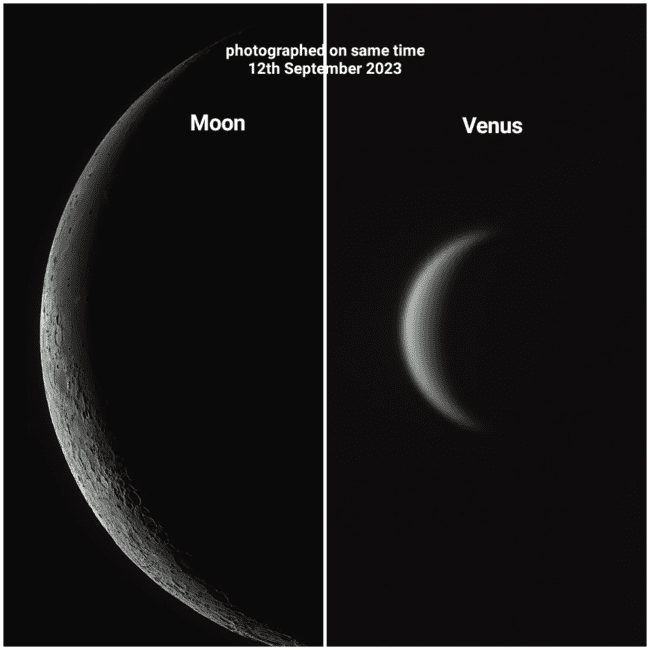
Venus brightest in the evening sky, February 14, 2025
The 2025 EarthSky lunar calendar makes a great gift. Get yours today!
Why is Venus so bright?
Jupiter is a bright planet, and Mars is sometimes bright, too. But neither Jupiter nor Mars at their brightest can outshine Venus. And you can compare all three of them in our evening sky now.
So why is Venus so bright?
Our neighboring world – orbiting one step inward from Earth around the sun – is the 3rd-brightest natural object in the sky, after the sun and the moon. It’s currently a brilliant light in the evening sky, shining at magnitude -4.5. Greatest brilliancy for Venus for this 2025 evening apparition will happen on February 14.
Look at the photo above. Venus now appears as a crescent – through telescopes – as seen from Earth. How can a crescent Venus appear brighter to us than the fuller Venus we see at other times?
Albedo = reflectivity
As the planet next inward from Earth in orbit around the sun, Venus is relatively nearby. But its nearness isn’t the only reason Venus is bright. Consider that Mars orbits one step outward from Earth. And Mars waxes and wanes in brightness in our sky over about a two-year cycle. It’s only exceptionally bright around the time Earth passes between Mars and the sun, at the same time Mars is closest to the sun. The last time that happened was in 2018. And the next time will be in 2035.
With Venus, something else is going on. Astronomers use the term albedo to describe how bright a planet is in absolute terms. When sunlight strikes a planet, the planet’s surface absorbs some of the light and reflects the rest.
Albedo is a comparison between how much light strikes an object and how much the objects reflect. And, as you might have guessed, Venus has the highest albedo of any major planet in our solar system.
Reflectivity makes Venus bright
The albedo of Venus is close to 0.7, meaning it reflects about 70% of the sunlight striking it. When the moon is close to full in Earth’s sky, it can look a lot brighter than Venus. But the moon – whose surface is dark volcanic rock – reflects only about 10% of the light that hits it. The moon appears bright to us because it’s close to Earth. It’s only about a light-second away, in contrast to the several light-minutes distance of Venus.
Venus is bright (it has a high albedo) because it’s blanketed by highly reflective clouds. The clouds in the atmosphere of Venus contain droplets of sulfuric acid, as well as acidic crystals suspended in a mixture of gases. Light bounces easily off the smooth surfaces of these spheres and crystals. Sunlight bouncing from these clouds is a big part of why Venus is so bright.
By the way, Venus is the brightest major planet. But it isn’t the most reflective body in our solar system. That honor goes to Enceladus, a moon of Saturn. The little moon’s icy surface reflects some 90% of the sunlight striking it.
Enjoying EarthSky so far? Sign up for our free daily newsletter today!
When and why is Venus brightest?
Venus is brightest when two factors combine – the phase of its crescent, plus largest overall size of Venus’ disk – so that the greatest amount of surface area of Venus shows in our sky. Astronomers call this greatest illuminated extent.
Why does it happen? Because Venus orbits the sun inside Earth’s orbit, it sometimes goes between us and the sun. At such times, its lighted hemisphere, or day side, is facing away from us. Then it’s difficult to see Venus at all (though experienced astrophotographers sometimes catch it).
Also, around the time it passes between us and the sun – known as inferior conjunction – we see Venus exhibit phases … like a tiny moon. As Venus draws up behind Earth in orbit – and prepares to “lap” us in the race of the planets – observers on Earth can watch as the phase of Venus wanes. That’s what’s happening now. As Venus gets closer to inferior conjunction, it’ll increase in size as its phase decreases.
When it moves to the other side of the sun, racing ahead of us in orbit again, we see Venus wax in phase. As the crescent Venus waxes in Earth’s sky, the overall size of the disk of Venus gets smaller in our sky, as Venus speeds ahead of us.
Venus at greatest brilliancy soon
Venus will go between us and the sun at 1 UTC on March 23, 2025. Then it’ll be rushing ahead of us in orbit. Its phase will be increasing. But its disk size will be decreasing. Greatest brilliancy happens when we see the greatest illuminated surface area of Venus: a combination of phase size and disk size. Astronomers call this a “greatest illuminated extent” of Venus.
It’s happening now in the west after sunset … and it’s a sight to see! Don’t miss Venus blazing as darkness falls February 14, 2025. And it’ll reach greatest brilliancy again in the morning sky on April 27, 2025.
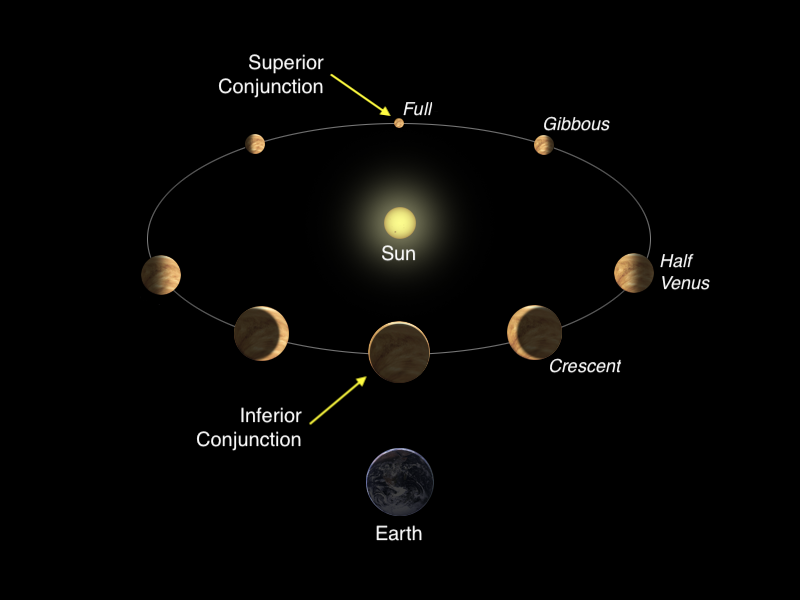
Read about Venus at greatest brilliancy
The view from above
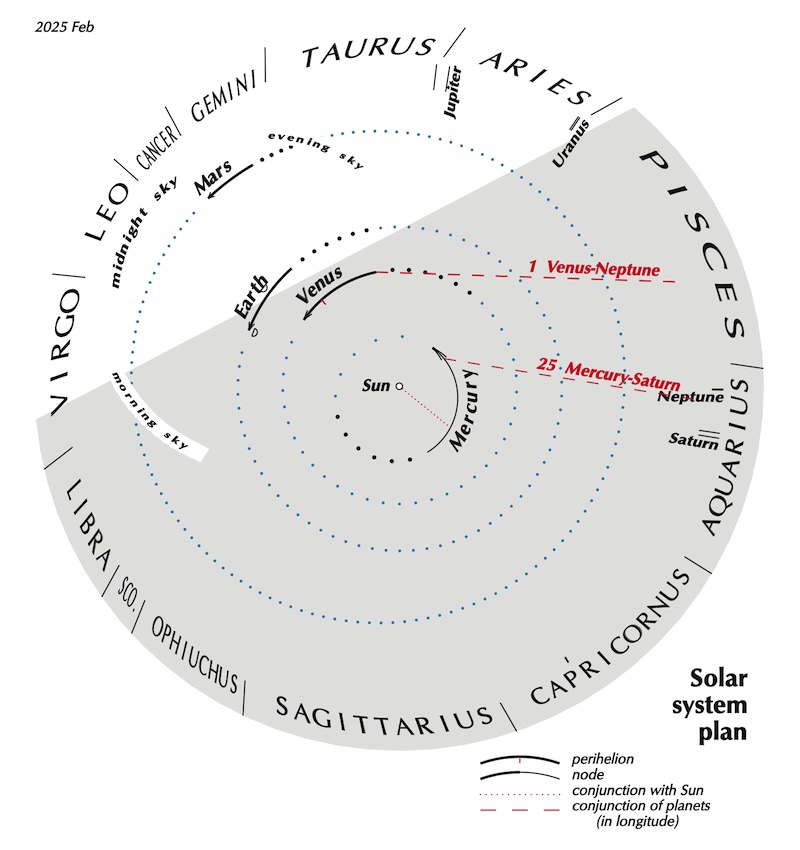
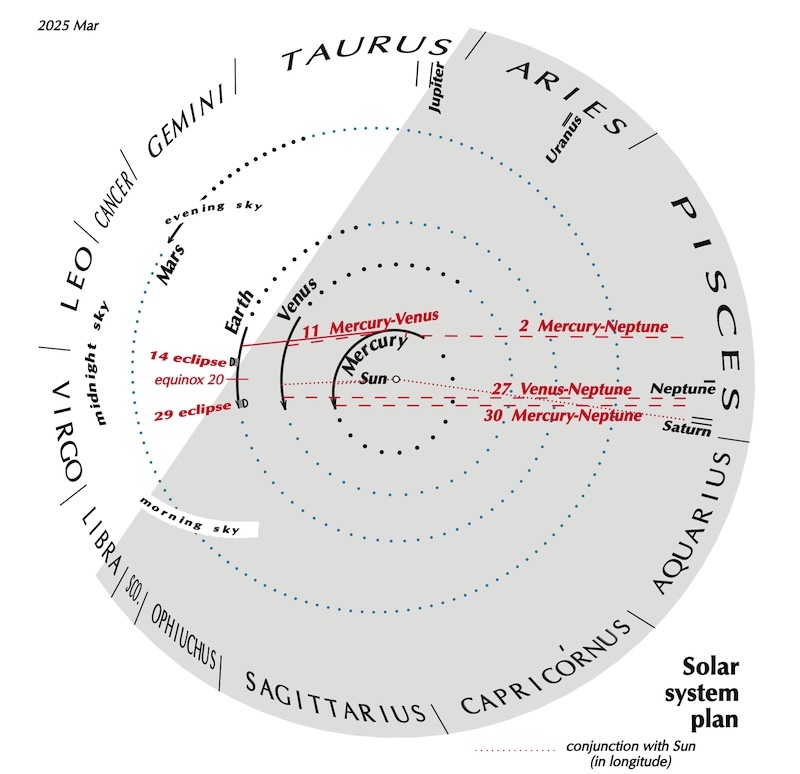
February finder charts
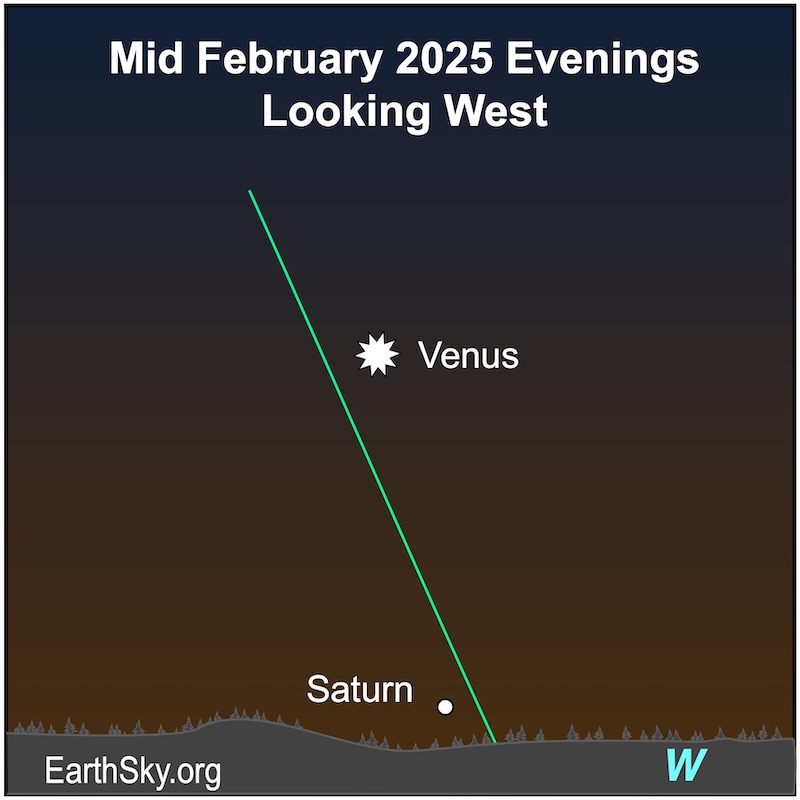
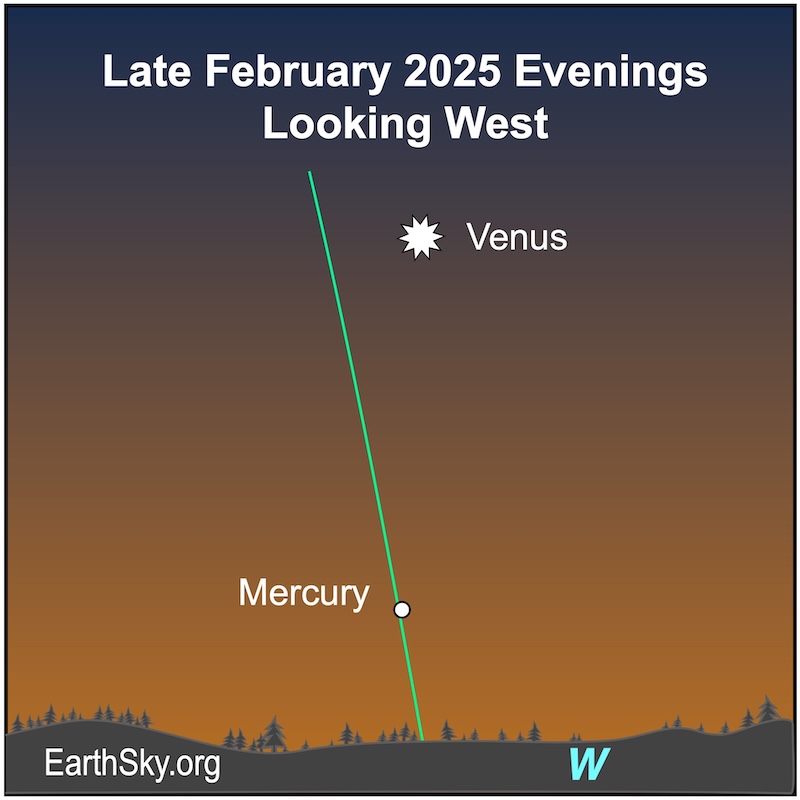
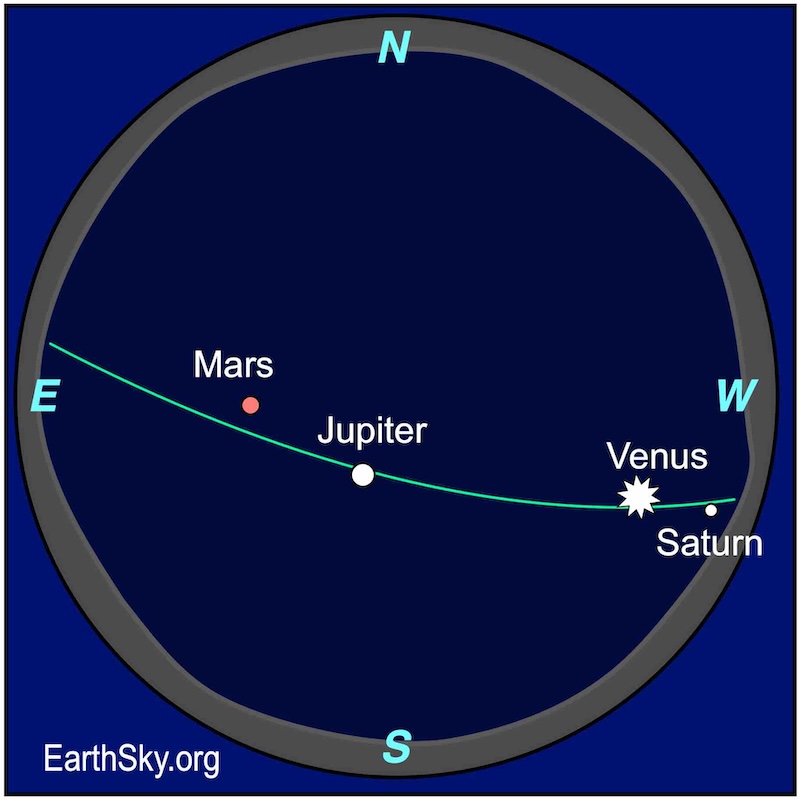
More photos from our community
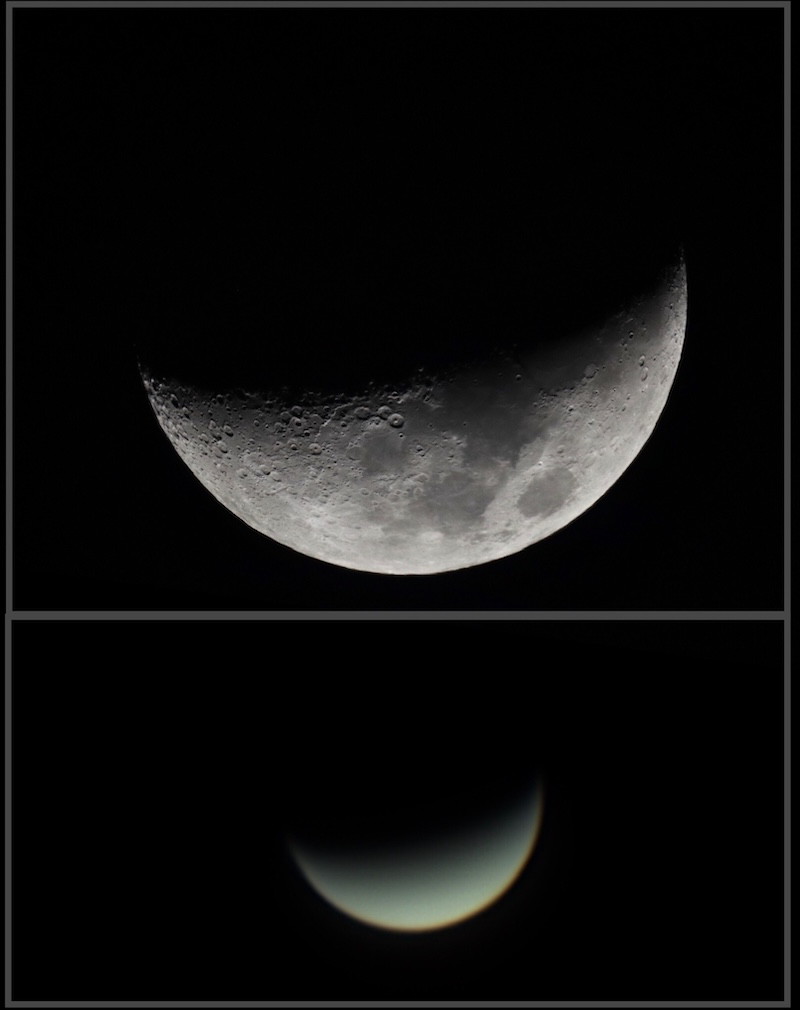
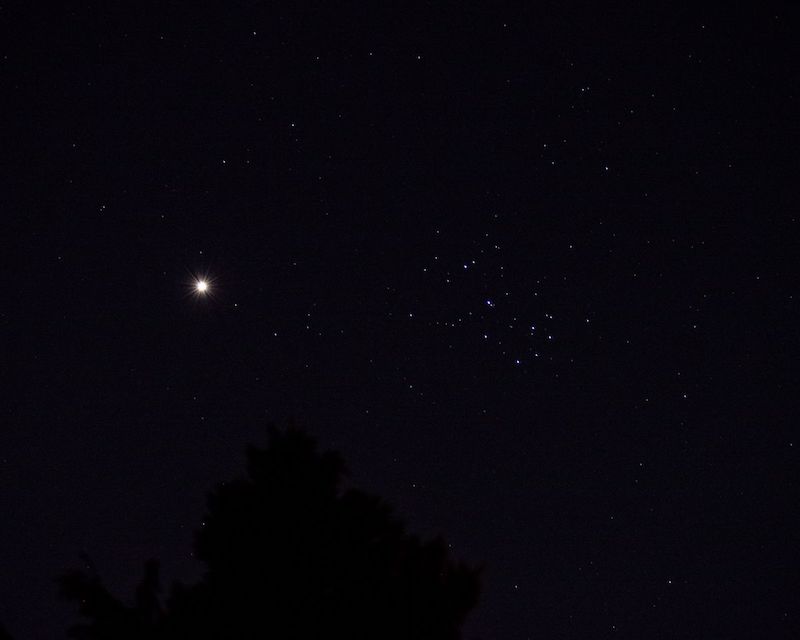
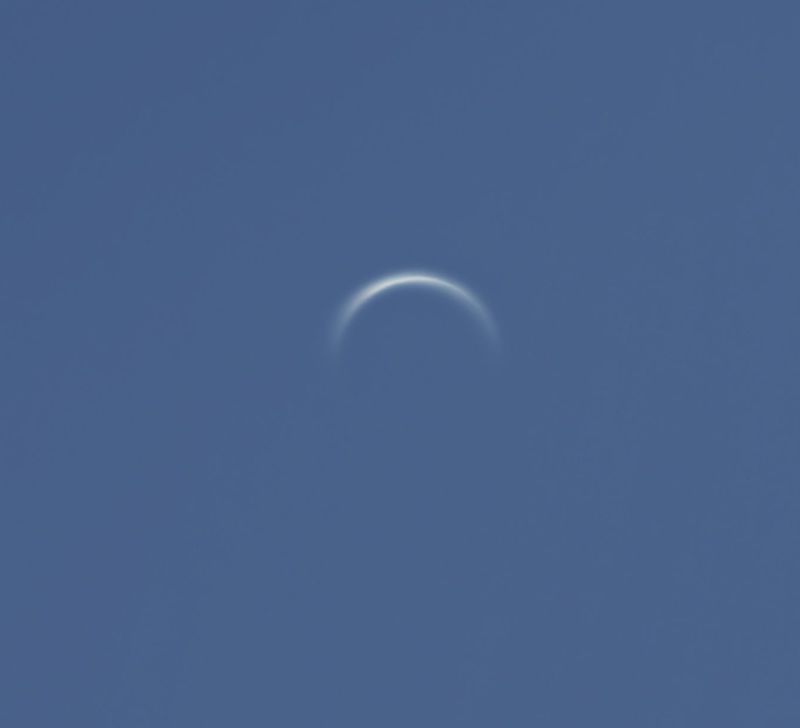
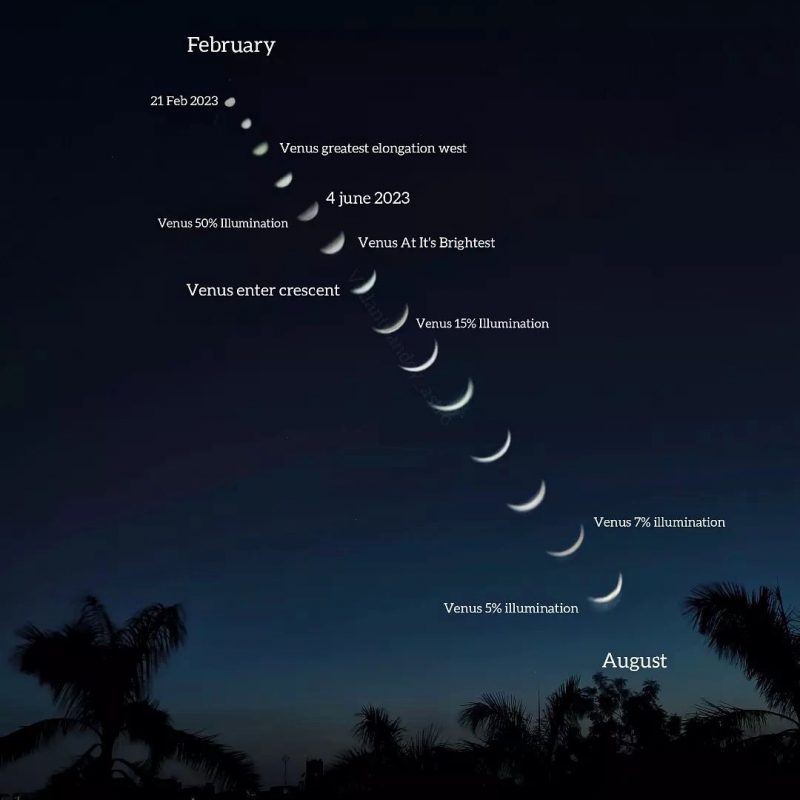
Bottom line: You can’t miss dazzling Venus in the west after darkness falls. It’s the 3rd brightest object in the sky, after the sun and moon. But why is Venus so bright?
Read more: Venus before sunrise: Greatest distance May 31-June 1, 2025
Source link
Read More
Visit Our Site
Read our previous article: New AI decision tool improves hospital efficiency